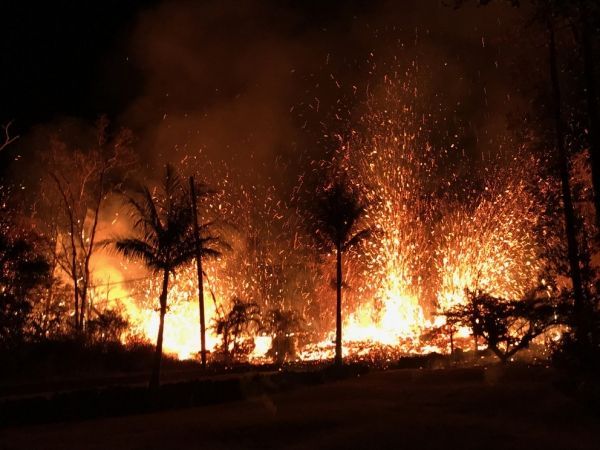A volcano will not send out an official invitation when it’s ready to erupt, but a team of researchers suggest that scientists who listen and watch carefully may be able to pick up signs that an eruption is about to happen.
In a study of Hawaii's Kīlauea volcano, the researchers reported that pressure changes in the volcano’s summit reservoirs helped explain the number of earthquakes — or seismicity — in the upper East Rift Zone. This zone is a highly active region where several eruptions have occurred over the last few decades, including a spectacular one in 2018.
“We are interested in looking at the mechanisms that trigger seismicity at a very active and dynamic volcano, like Kīlauea Volcano in Hawaii,” said Christelle Wauthier, assistant professor of geosciences and Institute for CyberScience co-hire, Penn State. “There are several physical processes that can drive seismicity and, in this study, we were trying to find out which one was the most likely.”
According to Wauthier, the pressure changes that occur in the summit reservoir — an underground chamber hosting hot magma — causes stresses in the rocks and ground that surround the magma, even not at its immediate proximity. These stress changes can trigger small magnitude volcano-tectonic earthquakes, most of the time imperceptible to humans but that are picked up by the sensitive seismic equipment that monitor the volcano. This seismic activity, then, may better predict magma movements and resulting eruptions.
Read more at: The Pennsylvania State University
Pressure changes in the summit reservoirs of Kīlauea may help explain the number of earthquakes — or seismicity — in the volcano’s upper East Rift Zone. (Photo Credit: USGS)


